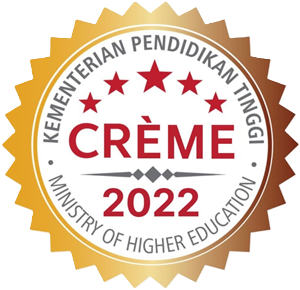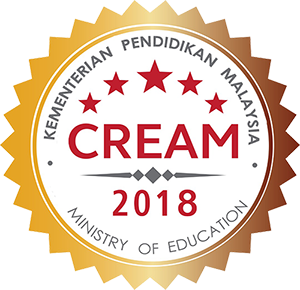REPRODUCTIVE BIOLOGY OF THE ENDANGERED AND ENDEMIC PALM JOHANNESTEIJSMANNIA LANCEOLATA (ARECACEAE)
Keywords:
Floral biology, breeding system, pollination, floral visitors, CoryphoideaeAbstract
CHAN YM, LIM AL & SAW LG. 2011. Reproductive biology of the endangered and endemic palm
Johannesteijsmannia lanceolata (Arecaceae). The reproductive biology of the rare and endangered palm,
Johannesteijsmannia lanceolata, was studied to provide basic but essential information that contributes to
the conservation of the species. Floral phenology and visiting insects were observed in cultivated and
wild populations. Pollen viability and stigma receptivitiy were tested for flowers of different ages. Thirty
inflorescences were subjected to pollination experiments. Flowers of J. lanceolata were homogamous, with
anthesis peaked from 0730 to 1100 hours. Pollen viability and stigma receptivity lasted one day. Small
flies (Phoridae and Cecidomyiidae) and stingless bees (Trigona spp.) were the potential pollinators of the
inflorescences. Flower abortion was high (> 90%) and seed set was very low (< 0.05%). The breeding system
may be autogamy, geitonogamy or xenogamy. The species is self-compatible, indicating its ability to survive
and persist in fragmented or isolated environment.





